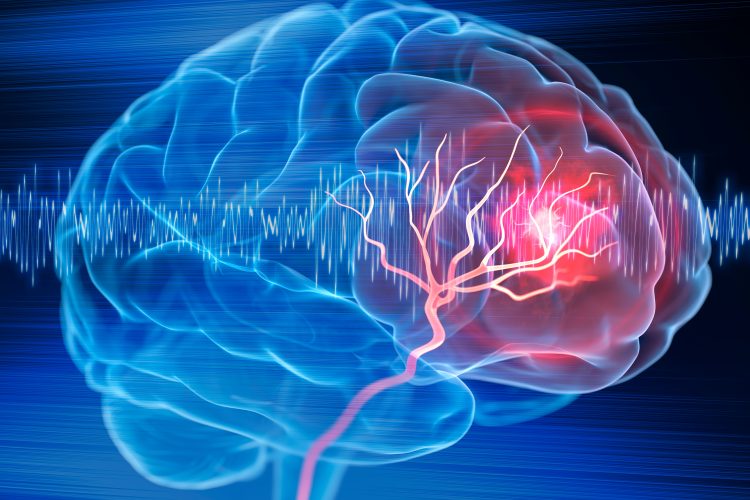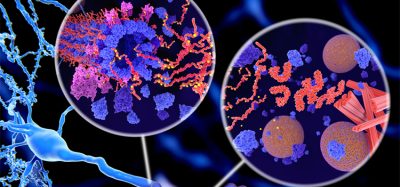Quantitative assessment of cerebral small vessel disease risk
Posted: 3 May 2024 | Drug Target Review | No comments yet
Researchers discovered that measuring the concentrations of IL-18 in an individual’s blood could estimate future risk of stroke.


Researchers at the UCLA Health have found that a simple blood test could enable clinicians to determine whether a person may be at higher risk for stroke or cognitive decline during their lifetime.
The study’s lead author Dr Jason Hinman, of the UCLA Comprehensive Stroke and Center and the Mary S. Easton Center for Alzheimer’s Research and Care at UCLA, commented that currently, the only way to establish a person’s risk for cerebral vascular diseases has been to use a combination of imaging like an MRI scan, family history, demographic variables and other risk factor evaluations. In clinical practice, neurologists may only find a patient is at risk after they have had a stroke or a cerebral event that warns of one, Dr Hinman added.
It was discovered that measuring the concentrations of interleukin-18, or IL-18, a network of inflammatory molecules, in the blood of patients who have not had a cerebrovascular event may allow a quantitative assessment of a person’s risk for cerebral small vessel disease and future stroke.
“The same way one uses cholesterol tests to evaluate one’s future risk for heart attack, we don’t have such a thing to estimate future risk for stroke,” Dr Hinman explained. “I believe we can do that by something as simple as a blood test which in theory can enable broader access to the best level of care and not lock it behind advanced imaging studies and specialist evaluations.”
Previous studies have linked individual molecules in the IL-18 network to cerebral small vessel disease and stroke risk. Despite this, the concentration of these molecules can fluctuate in response to other conditions such as the flu or autoimmune disorders. Therefore, they are unreliable predictors of stroke risk at an individual level, Dr Hinman said.
University of California researchers including Dr Hinman found in 2020 that six molecules in the IL-18 network were associated with the presence of vascular brain injuries during MRI scans. From this, Dr Hinman aimed to determine whether IL-18 network could be used to assess a person’s susceptibility to stroke risk or cognitive decline.
The team used health data from the Framingham Heart Study, which has traced the medical history of thousands of residents in the city of Framingham, Massachusetts, throughout their lives since launching in 1948. Blood samples obtained from participants had been tested for five of the six molecules later identified as being in the IL-18 network.
Using this data, a mathematical model was created that generates a risk score based on the concentrations of the IL-18 network molecules. The Framingham residents whose risk scores were in the top 25 percent had an 84 percent chance of having a stroke during their lifetime. Overall, elevated risk scores were associated with a 51 percent increased risk of stroke and resulted in diagnostic prediction compared to existing risk assessment tools.
However, it remains unclear if or how a person’s risk score can be modified or reduced. Dr Hinman concluded: “That’s what we’re all interested in doing is preventing a stroke before it even happens.”
This study was published in Stroke.
Related topics
Disease Research, Screening
Related conditions
cerebral small vessel disease
Related organisations
UCLA Health
Related people
Dr Jason Hinman (UCLA)








